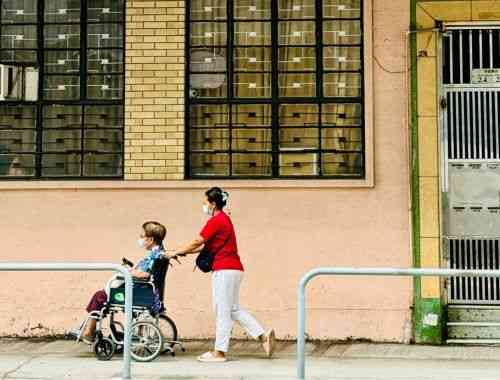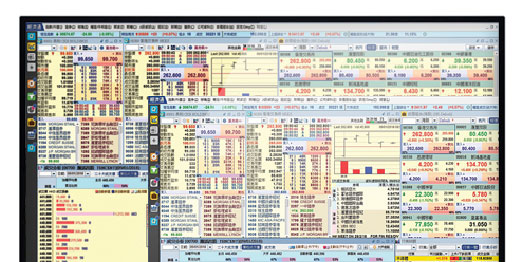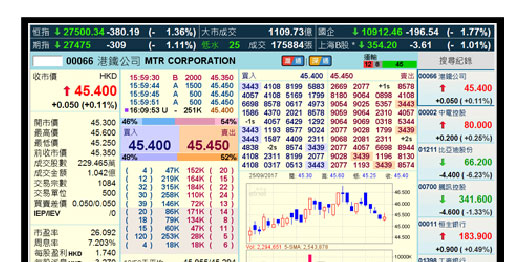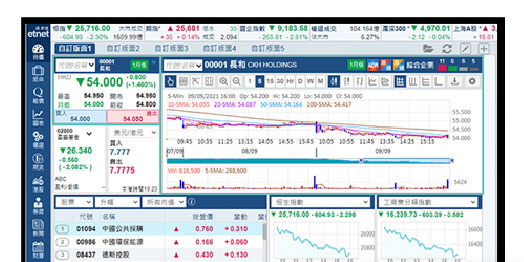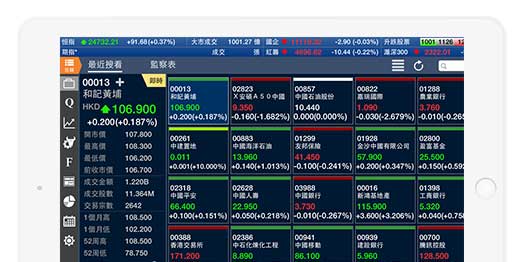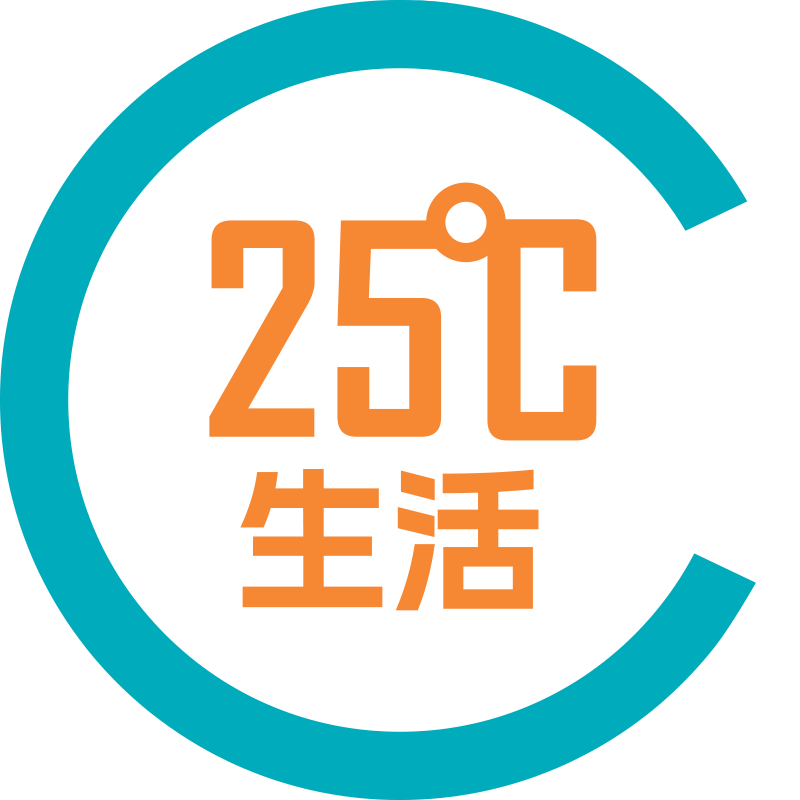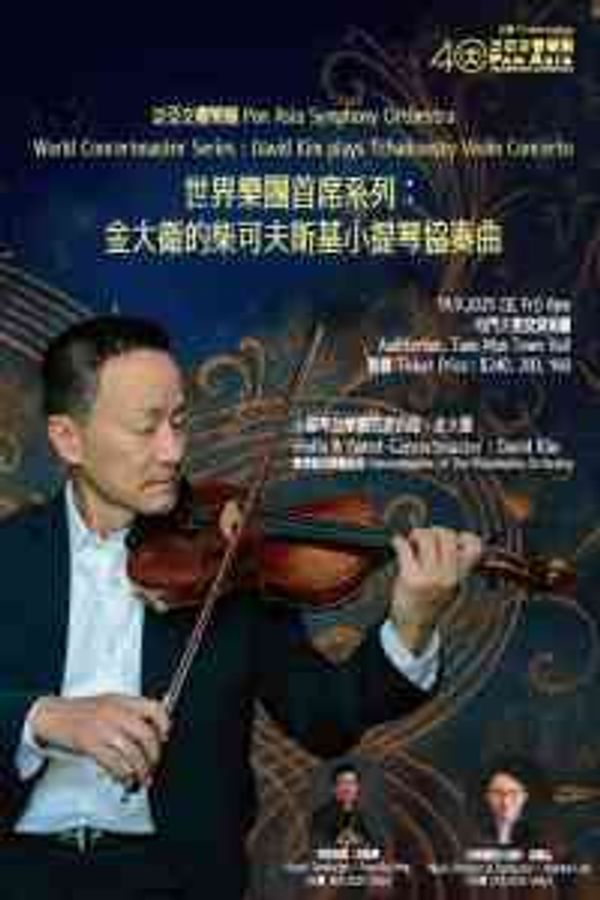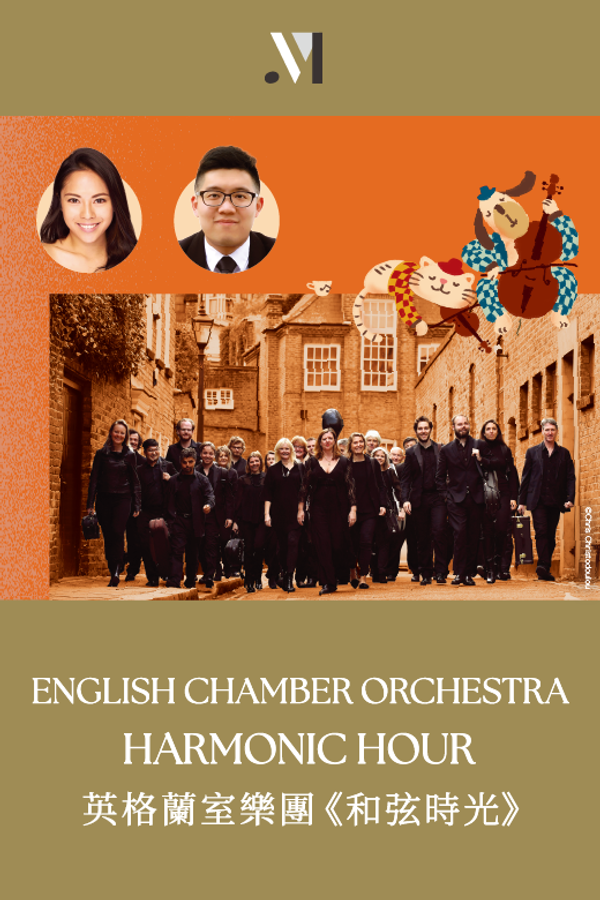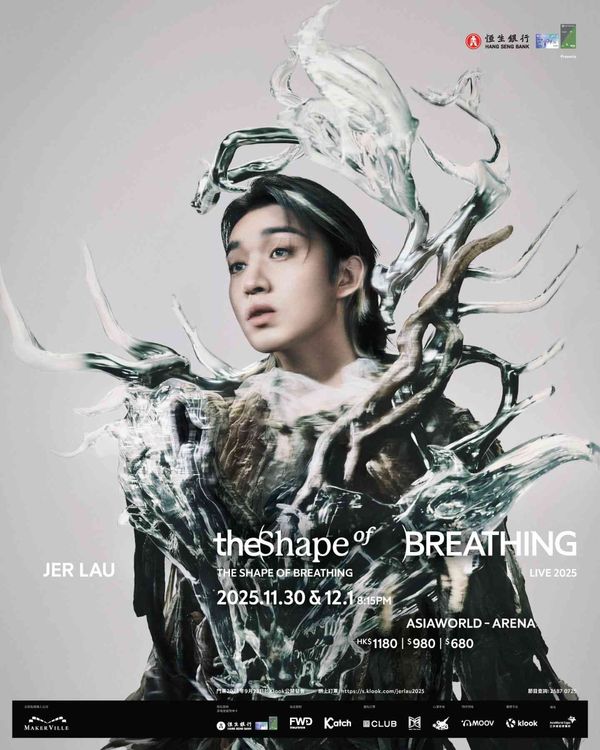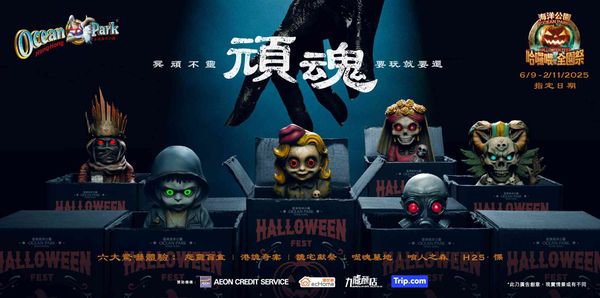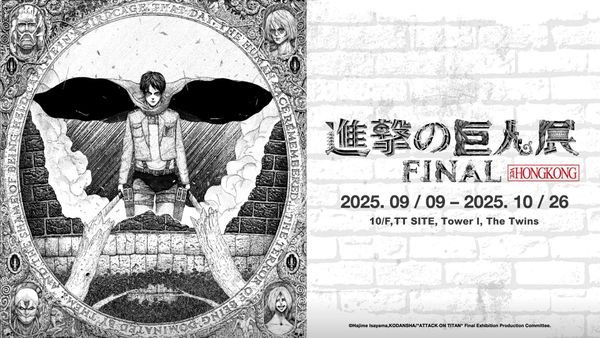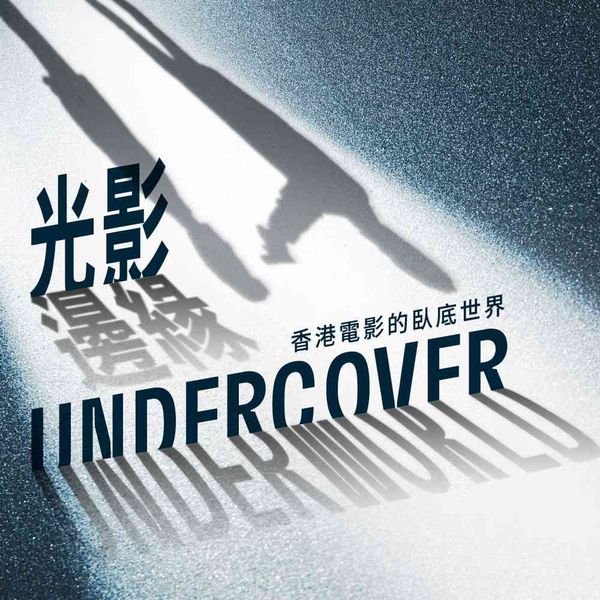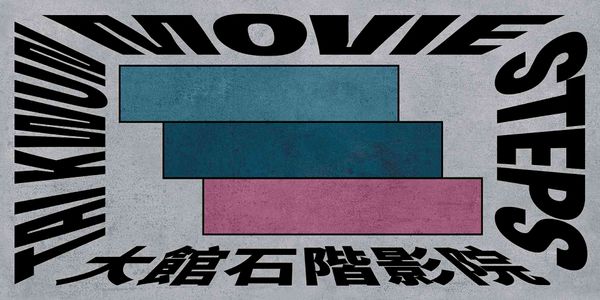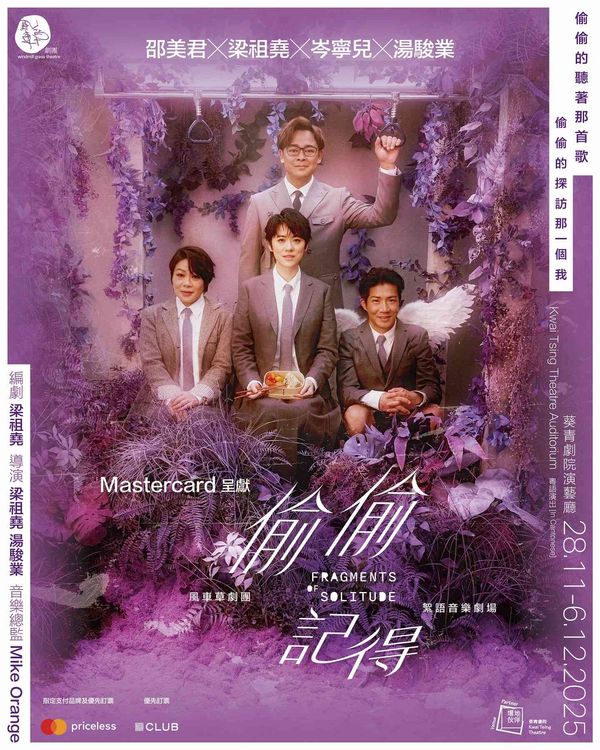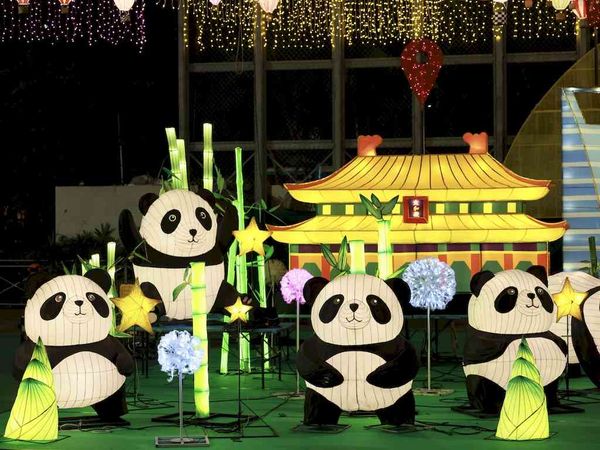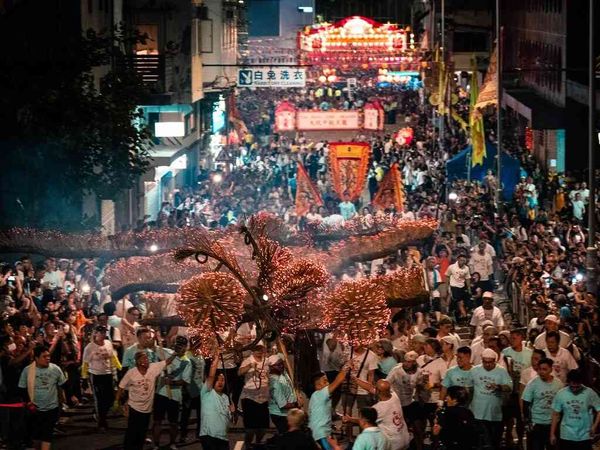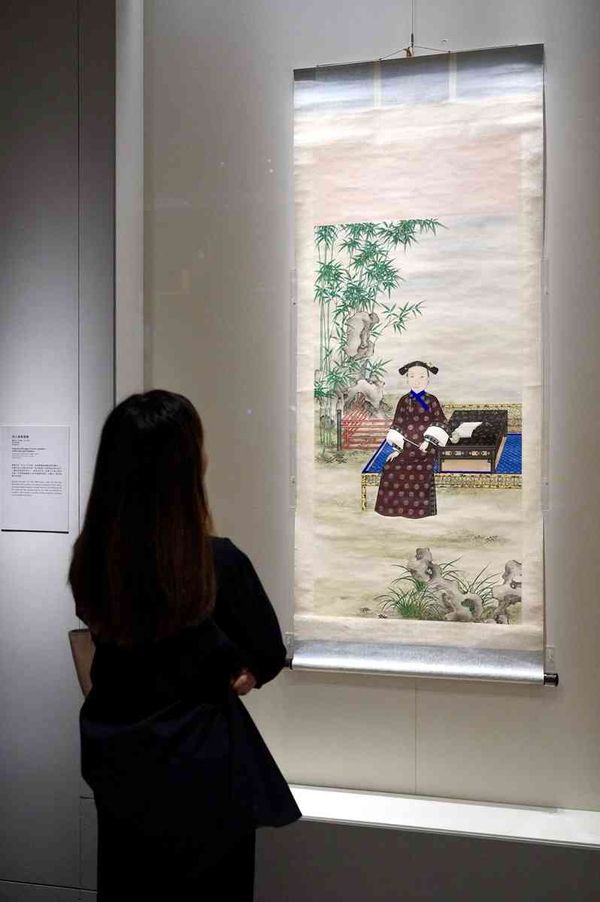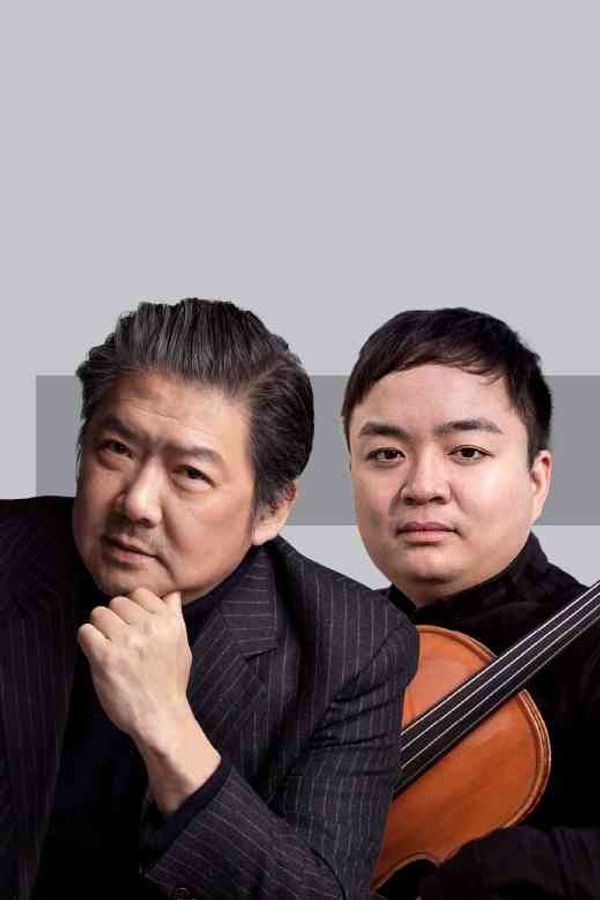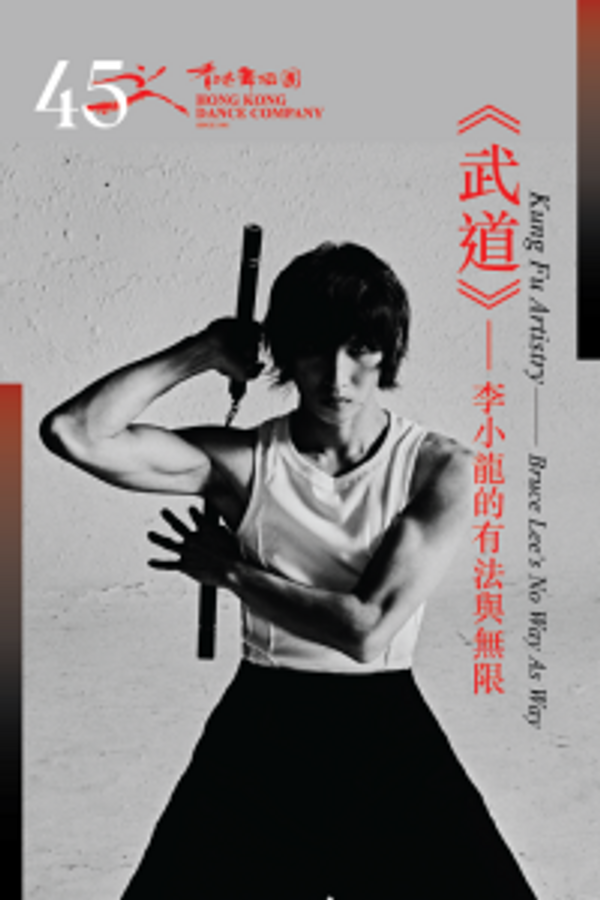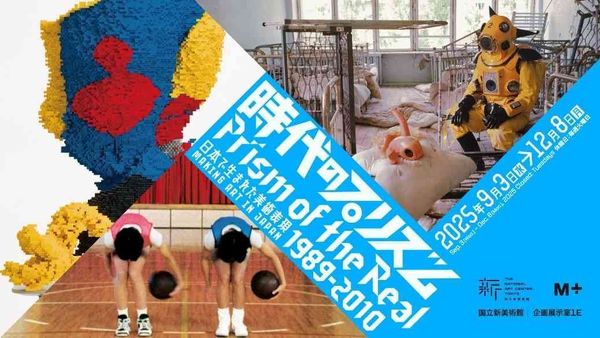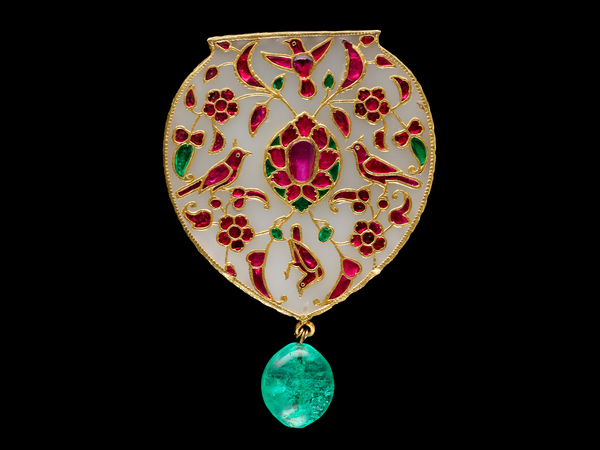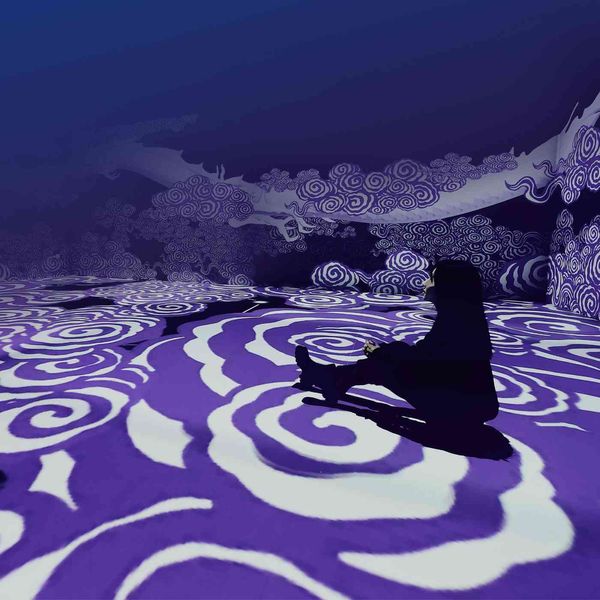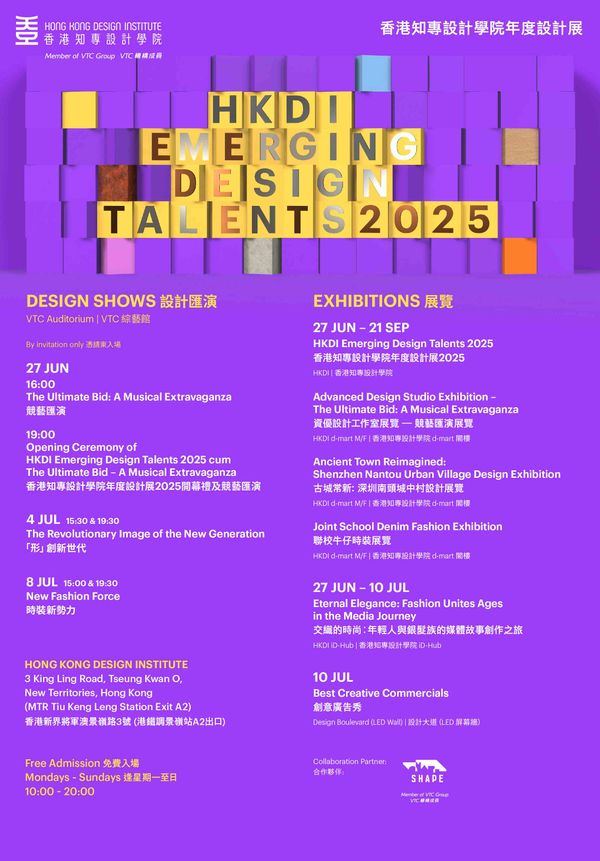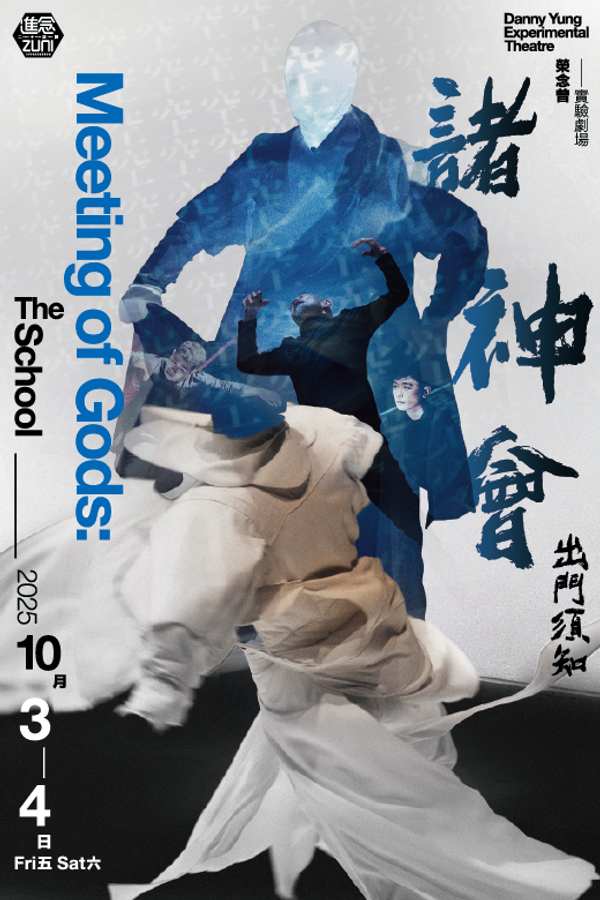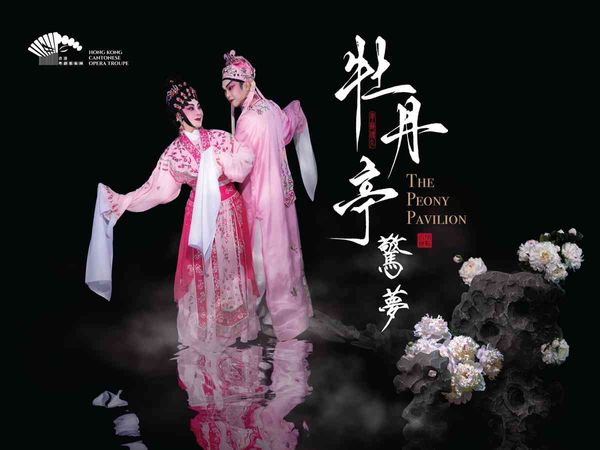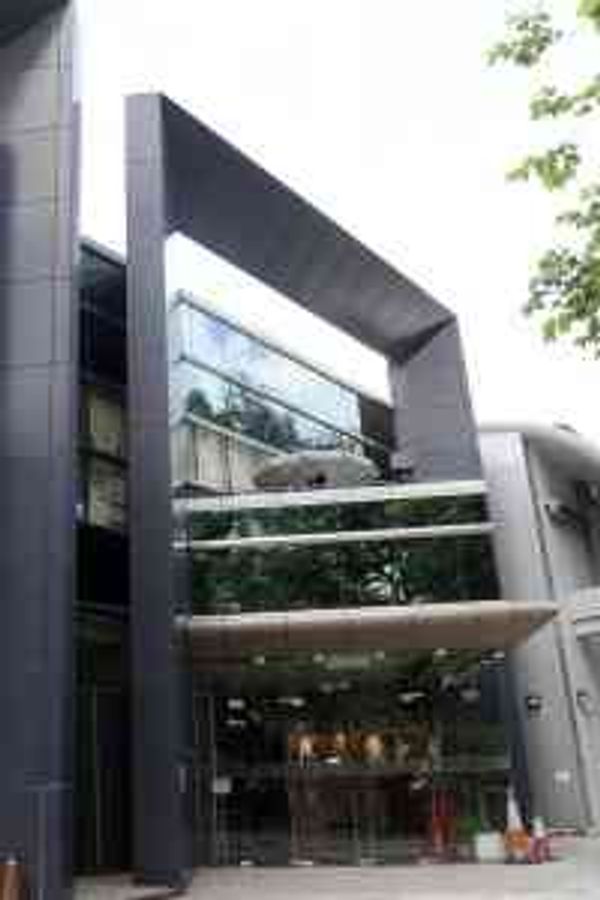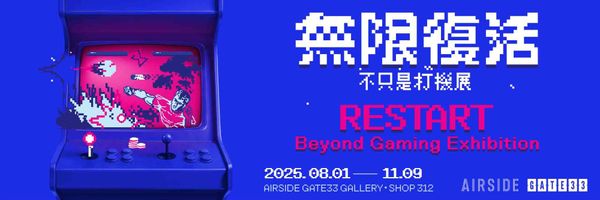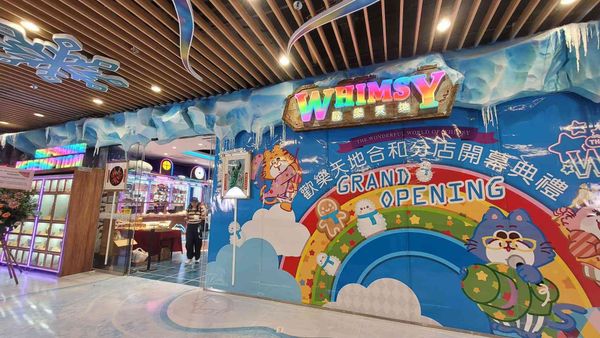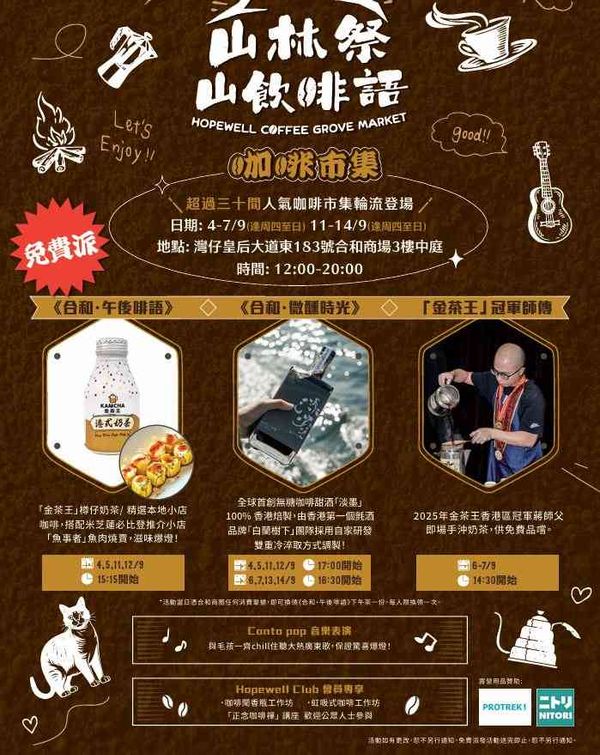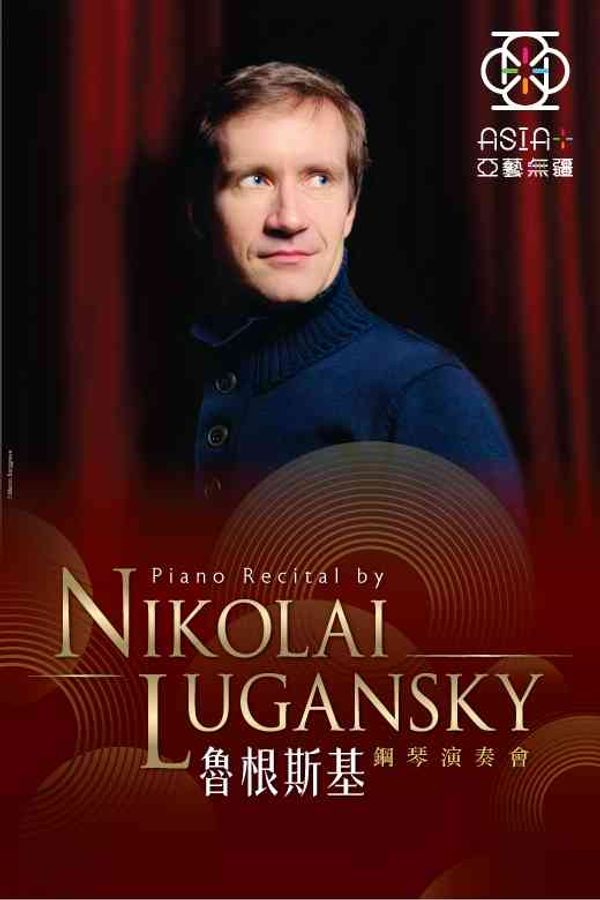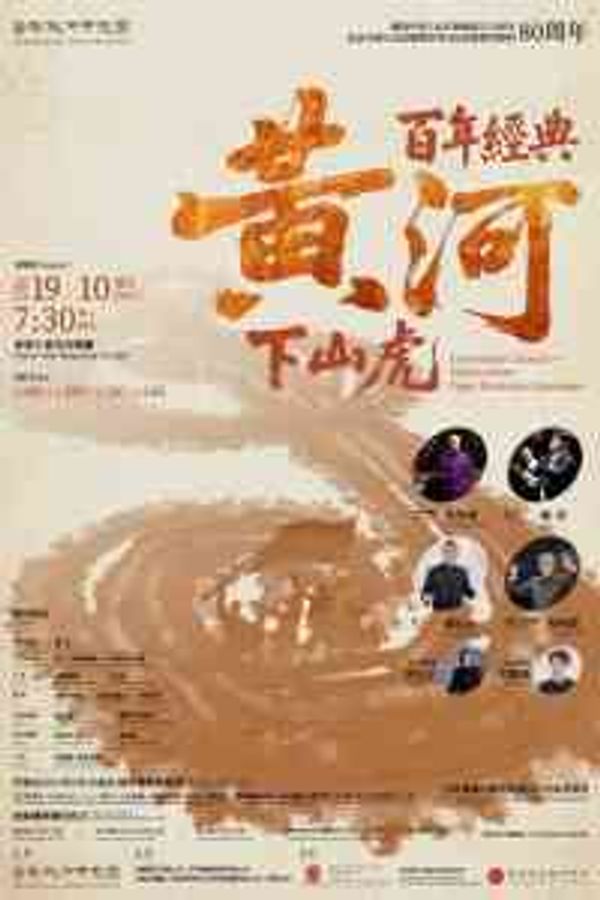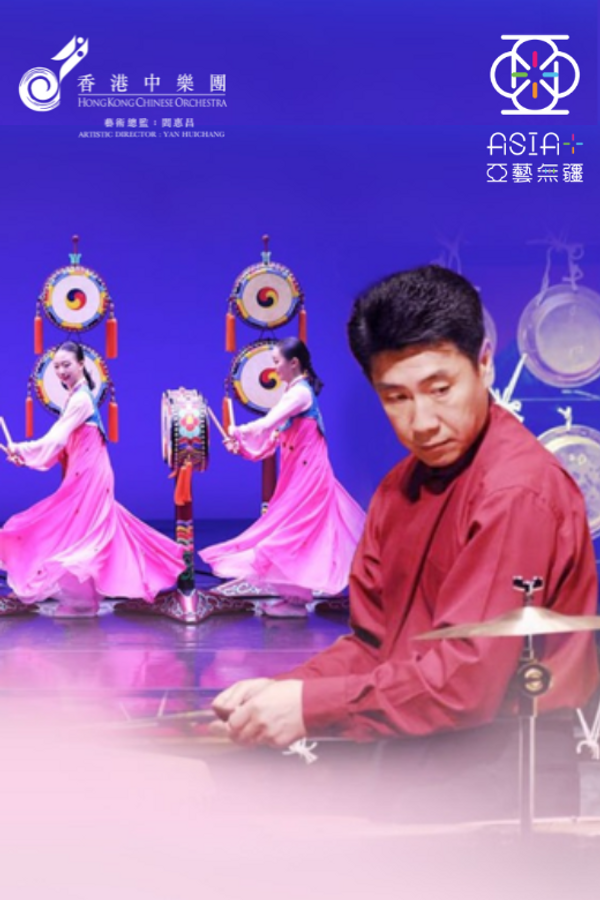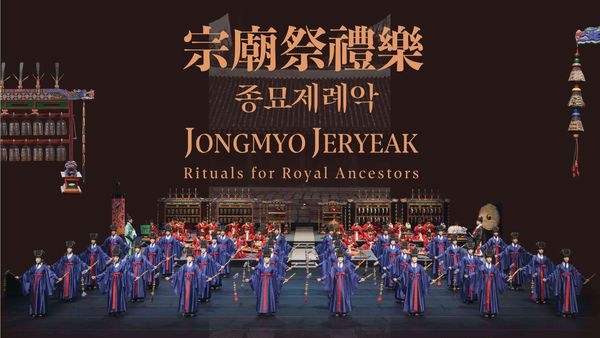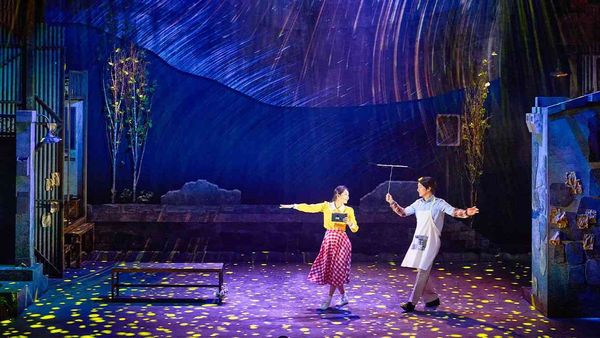This page has been idle for a while. To make sure you don’t miss out on the latest content, please reload the page.Refresh
Tuen Mun Dragon Kiln: "Tales of the Tuen Mun Dragon" Reviving the History and Memories of the Castle Peak Dragon Kiln with a Combination of Traditional Wood-firing and 3D Computer Printing Technology
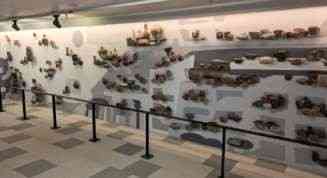

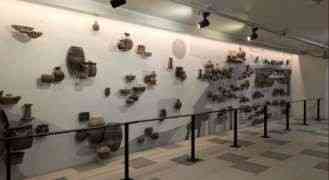

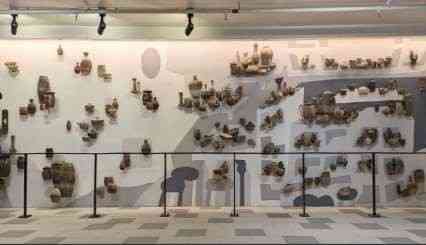

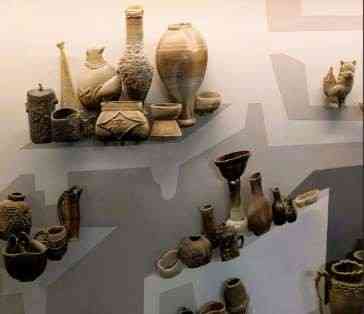

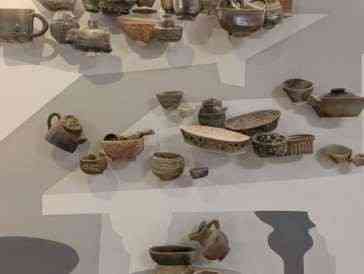

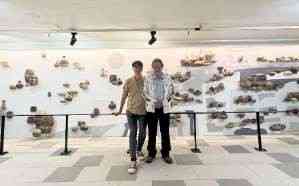

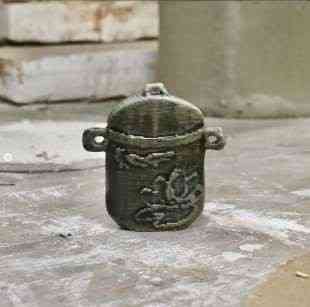

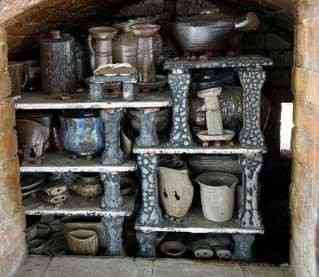










Description
Lecturer at the Academy of Visual Arts, Hong Kong Baptist University, and ceramic artist Chan Sze-kwong (Ray), has been studying ceramic art for over twenty years and has recently been fascinated by the integration of 3D computer printing technology with ceramic creation. In May 2025, he completed "Tales of the Tuen Mun Dragon", a contemporary ceramic art installation in the public space of Hin Fat Estate in Tuen Mun. The project showcased the work of over 100 participants, including members of the Tuen Mun community, ceramic enthusiasts, and students from the Academy of Visual Arts, Hong Kong Baptist University, who took part in workshops led and guided by Chan Sze-kwong himself since 2023. The workshops focused on ceramics, memories, and the Castle Peak Dragon Kiln.
Castle Peak Dragon Kiln: Hong Kong's Last Intact Dragon Kiln
Located next to Hin Fat Estate, a public housing estate in Tuen Mun, the Castle Peak Dragon Kiln is the last intact dragon kiln in Hong Kong. Built in the 1940s by businessman Szeto Nu-tao, the kiln started producing various types of pottery for daily use in the 1950s, including water pipes, flower pots, bottles for five-snake wine, sand pots, incense burners, and ceramic statues, all of which were familiar household items to Hong Kong citizens. The kiln also witnessed the booming light industry in Hong Kong during the 1950s to 1970s. The Castle Peak Dragon Kiln ceased production in the 1980s, and the fire dragon fell asleep. While similar historical buildings in Hong Kong, such as the碗窯 in Tai Po, have been reduced to ruins, the intactness and scale of the Castle Peak Dragon Kiln make it exceptionally significant and precious.
"Tales of the Tuen Mun Dragon" Collects and Transforms Ceramic Memories
Participants in "Tales of the Tuen Mun Dragon" included students and residents from the Tuen Mun district, ceramic art students from the Academy of Visual Arts, and others. They visited the Castle Peak Dragon Kiln, a former ceramic production site, and received a personal tour from the second-generation owner of the kiln, Leung Pak-chuen, of Hong Kong's only remaining 17-meter-long wood-fired dragon kiln. They then recorded their individual memories and stories related to ceramics in writing and through images. Chan Sze-kwong used 3D computer printing technology to transform these sketches into tangible ceramic artworks, which were then wood-fired. This combination of old and new techniques skillfully revived the collective memories of a new generation of Hong Kong citizens and rediscovered forgotten historical stories.
One of the workshop participants, Bethany, shared her ceramic memory: "When I was little, my family used a vase as a coin bank, filling it with old-fashioned one-cent coins." Her hand-painted vase is wider at the top and narrower at the bottom, with a row of winding flower patterns and a twisted flower handle. Another participant, Janus Ng, said, "When I was little, my grandmother used to put rice in the middle layer of the stew pot to cook together with the herbs. After it was cooked, I would eat the rice." The stew pot in the sketch not only represents her impression of ceramics but also symbolizes her emotions towards her grandmother, reflecting the Hong Kong family tradition of connecting life with food.
Combining 3D Computer Printing Technology with Wood-firing
Chan Sze-kwong converted the sketches into computer-drawn outlines and then used 3D computer printing technology and soft clay to turn these flat memories into three-dimensional objects. He referenced the original firing method of the Castle Peak Dragon Kiln, using primitive wood-firing instead of the more common electric or gas firing methods. The ceramic artworks, after being fired at a high temperature with wood, exude a subtle brown-green color, a result of the interplay between wood, fire, oxygen, and the minerals in the clay, adding a natural charm to the 3D computer-printed creations.
Chan Sze-kwong expressed: "The project aims to reconnect the participants with ceramics and to remind them of the historical role of the Castle Peak Dragon Kiln in Tuen Mun as a ceramic production site in Hong Kong. As 'Tales of the Tuen Mun Dragon' focuses on daily life, I chose to use 3D computer printing technology, which is part of our digital lives today, to guide people back to the history of the Castle Peak Dragon Kiln, and in the process, discover, preserve, and share the unique memories related to ceramics, daily life, and the Castle Peak Dragon Kiln in Tuen Mun, which are gradually fading away."
"Tales of the Tuen Mun Dragon" Online Platform and Public Tours
In addition to the physical installation, "Tales of the Tuen Mun Dragon" also features an online platform that shares the community stories and related ceramic sketches collected during the workshops. This online platform is an essential part of the project, using technology to create a community memory bank that connects the past and the present. The goal is to establish a memory hub that integrates the old and the new, linking people with their environment.
On September 13 and 20, 2025, at 2:00 pm and 3:30 pm, Chan Sze-kwong and the second-generation owner of the Castle Peak Dragon Kiln, Leung Pak-chuen, will hold public tours and workshops to guide the public through the history of the Castle Peak Dragon Kiln and the process of creating the "Tales of the Tuen Mun Dragon" contemporary ceramic art installation. Interested parties can visit https://www.instagram.com/dragonkiln.tales for more information.
To book a tour, please visit: forms.gle/VSWp6uBdLJxrd1jx5
Date and Location
2:00 pm and 3:30 pm, September 20, 2025









